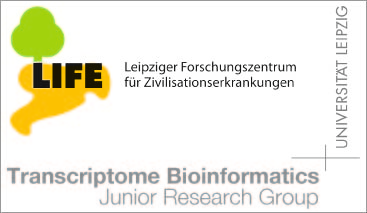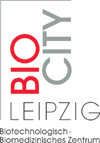Publications - Published papers
Please find below publications of our group. Currently, we list 565 papers. Some of the publications are in collaboration with the group of Sonja Prohaska and are also listed in the publication list for her individual group. Access to published papers ( ) is restricted to our local network and chosen collaborators.
If you have problems accessing electronic information, please let us know:
) is restricted to our local network and chosen collaborators.
If you have problems accessing electronic information, please let us know:
 ) is restricted to our local network and chosen collaborators.
If you have problems accessing electronic information, please let us know:
) is restricted to our local network and chosen collaborators.
If you have problems accessing electronic information, please let us know:©NOTICE: All papers are copyrighted by the authors; If you would like to use all or a portion of any paper, please contact the author.
Early Replicons: Origin and Evolution
Peter Schuster and Peter F Stadler
Download
Status: Published
Origin and Evolution of Viruses (Second Edition), Esteban Domingo, Colin R. Parrish, John J. Holland (eds); Academic press 2008, pp 1-41
Abstract
RNA and protein molecules were found to be both templates for
replication and specific catalysts for biochemical reactions. RNA
molecules, although very difficult to obtain via plausible
synthetic pathways under prebiotic conditions, are the only
candidates for early replicons. Only they are obligatory templates
for replication, which can conserve mutations and propagate them
to forthcoming generations. RNA based catalysts, called ribozymes,
act with high efficiency and specificity for all classes of
reactions involved in the interconversion of RNA molecules such as
cleavage and template assisted ligation. The idea of an <i>RNA
world</i> was conceived for a plausible prebiotic scenario of RNA
molecules operating upon each other and constituting thereby a
functional molecular organization. A theoretical account on
molecular replication making precise the conditions under which
one observes parabolic, exponential or hyperbolic growth is
presented. Exponential growth is observed in a protein assisted
RNA world where plus-minus-duplex formation is avoided by
the action of an RNA replicase. Error propagation to forthcoming
generations is analyzed in absence of selective neutral mutants as
well as for predefined degrees of neutrality. The concept of an
error threshold for sufficiently precise replication and survival
of populations derived from the theory of molecular quasispecies
is discussed. Computer simulations are used to model the interplay
between adaptive evolution and random drift. A model of evolution
is proposed that allows for explicit handling of phenotypes.
Keywords
Origin of Life, replicon, replicator, quasispecies, hypercycle, dynamical systems















